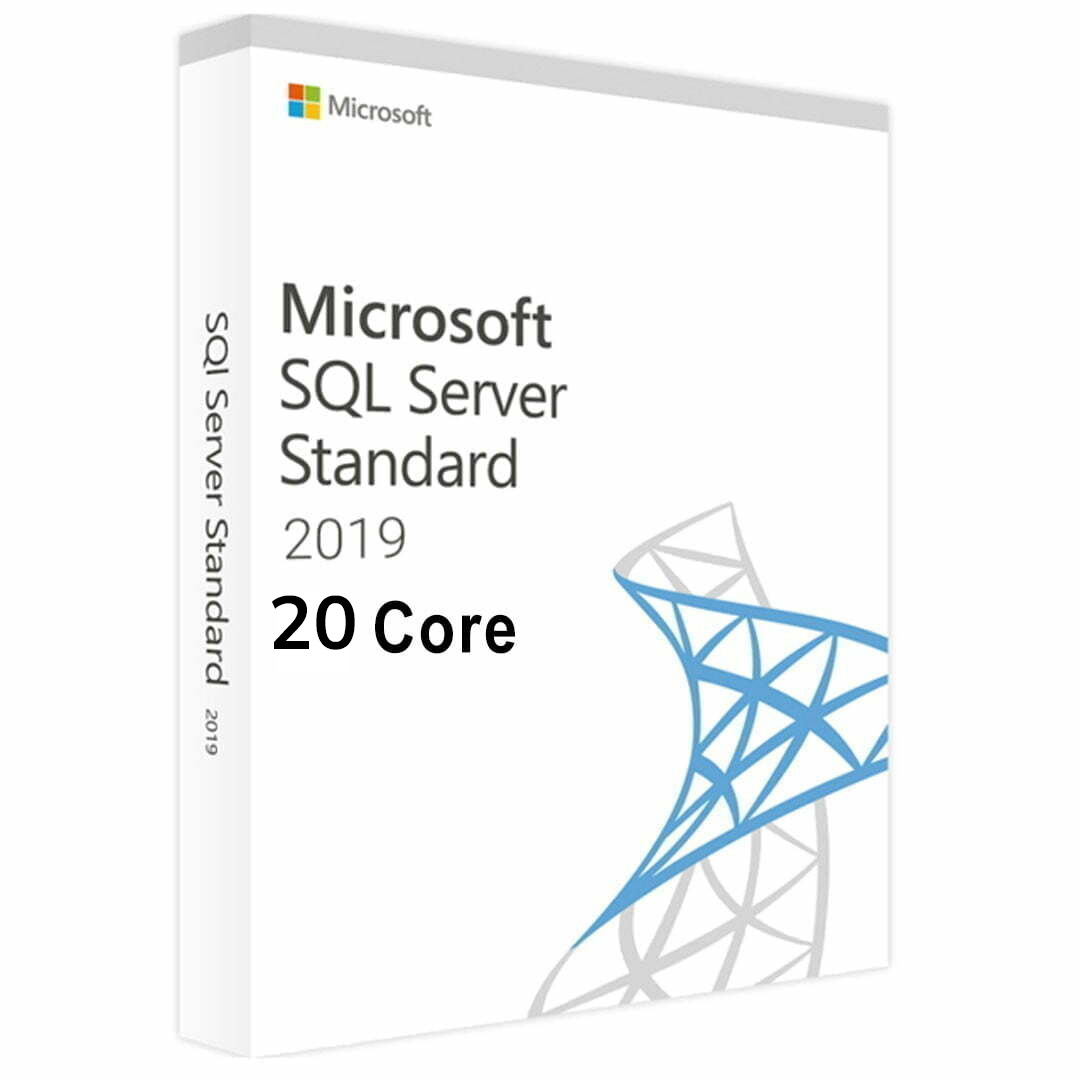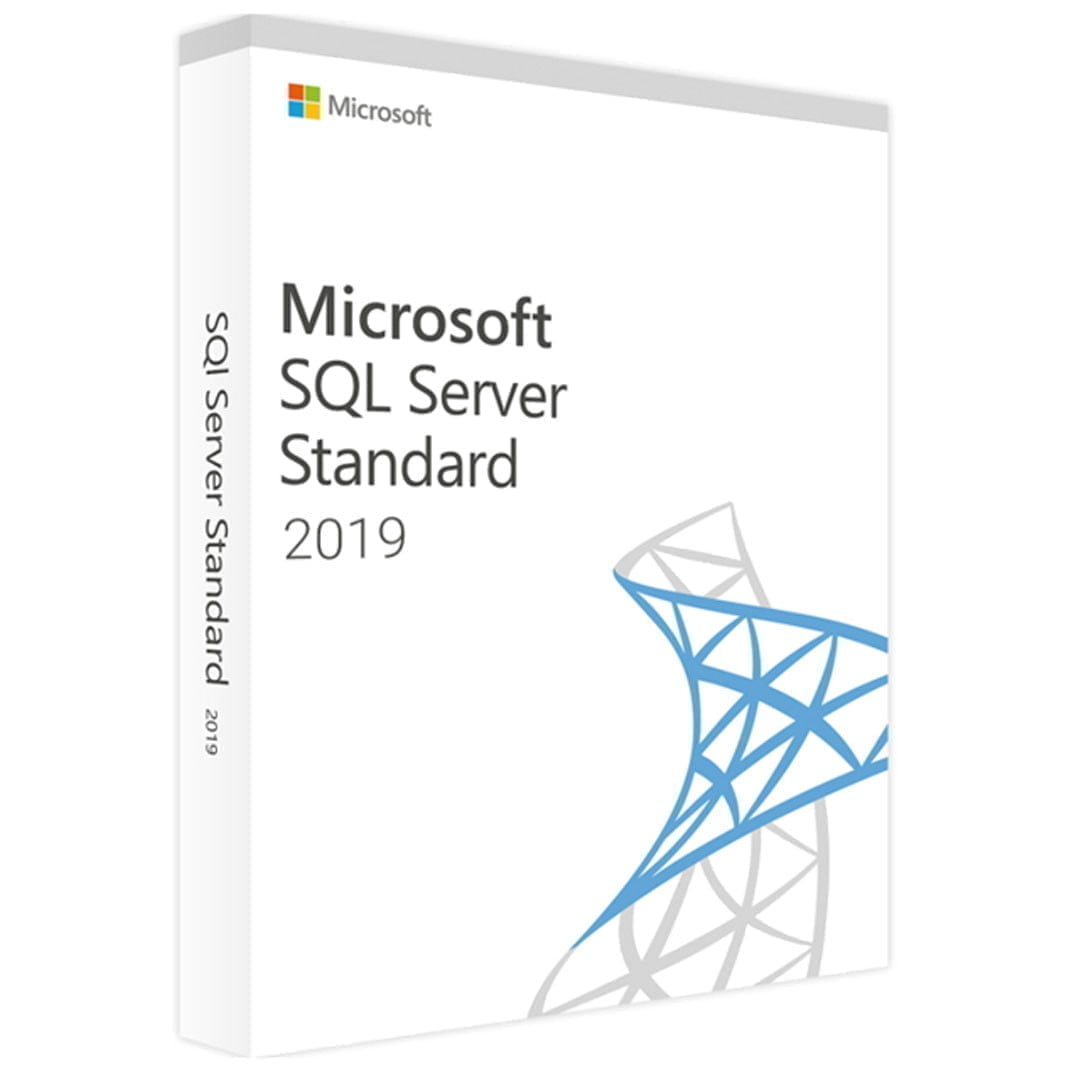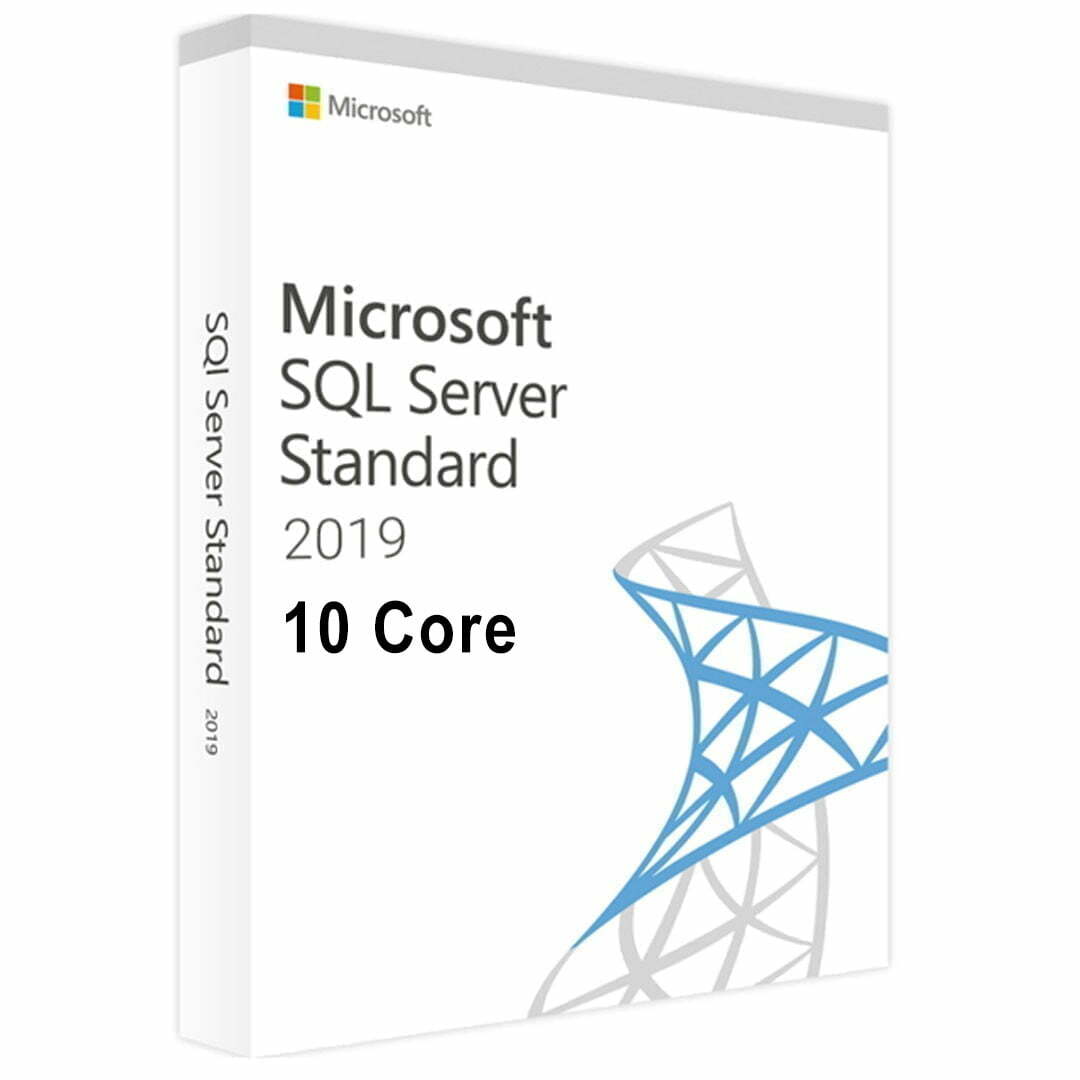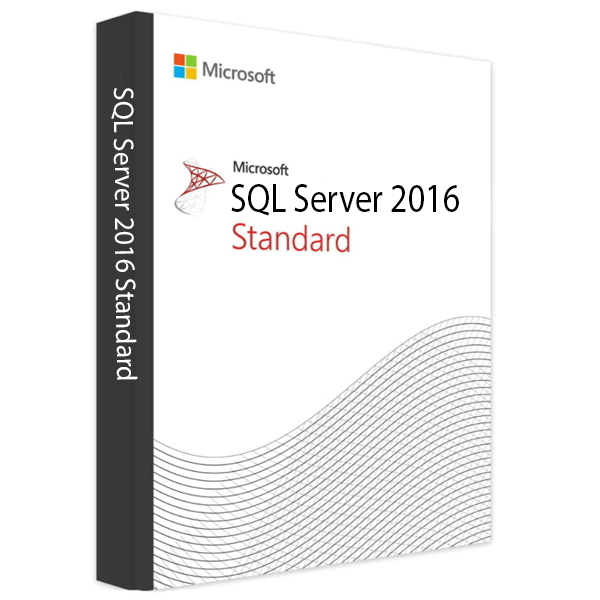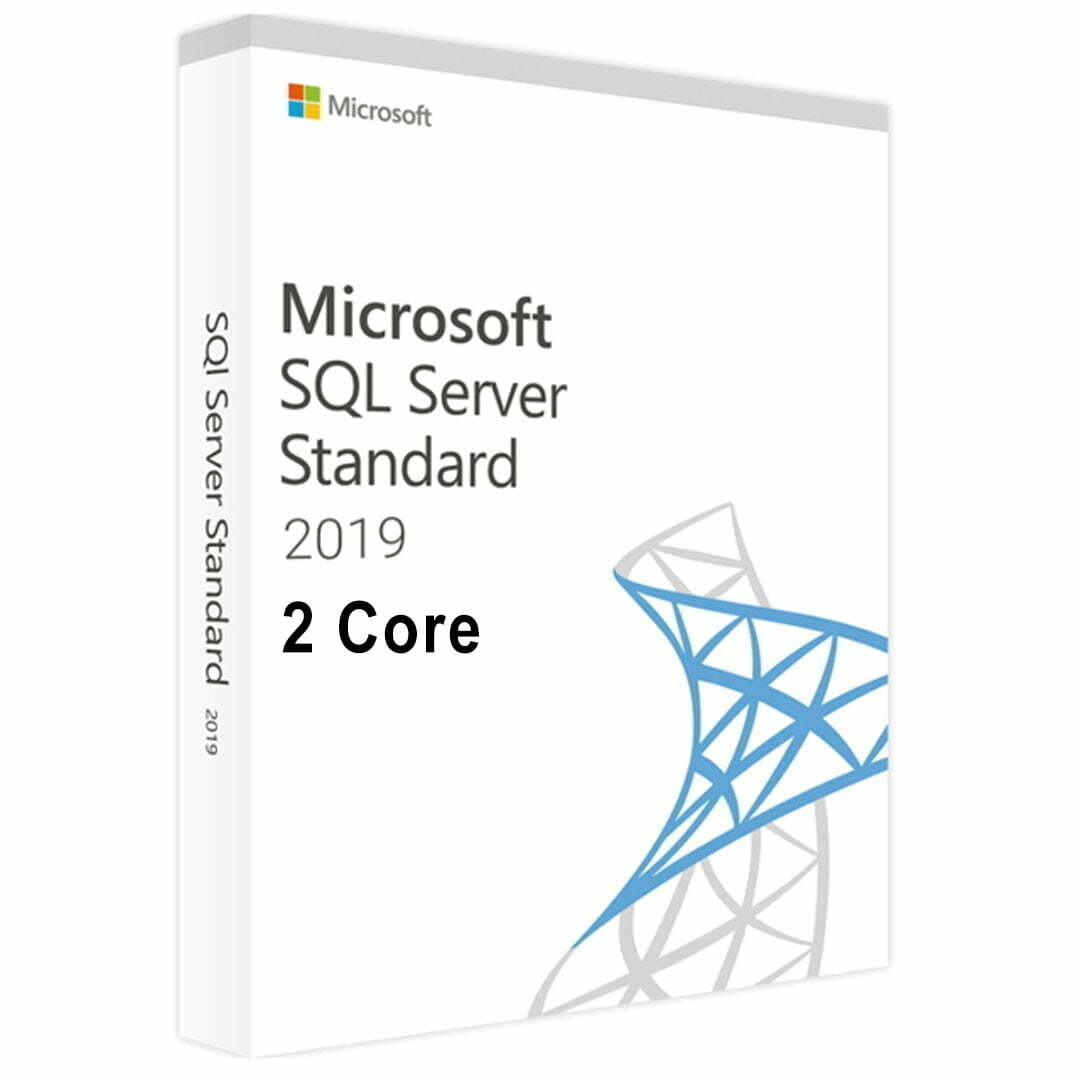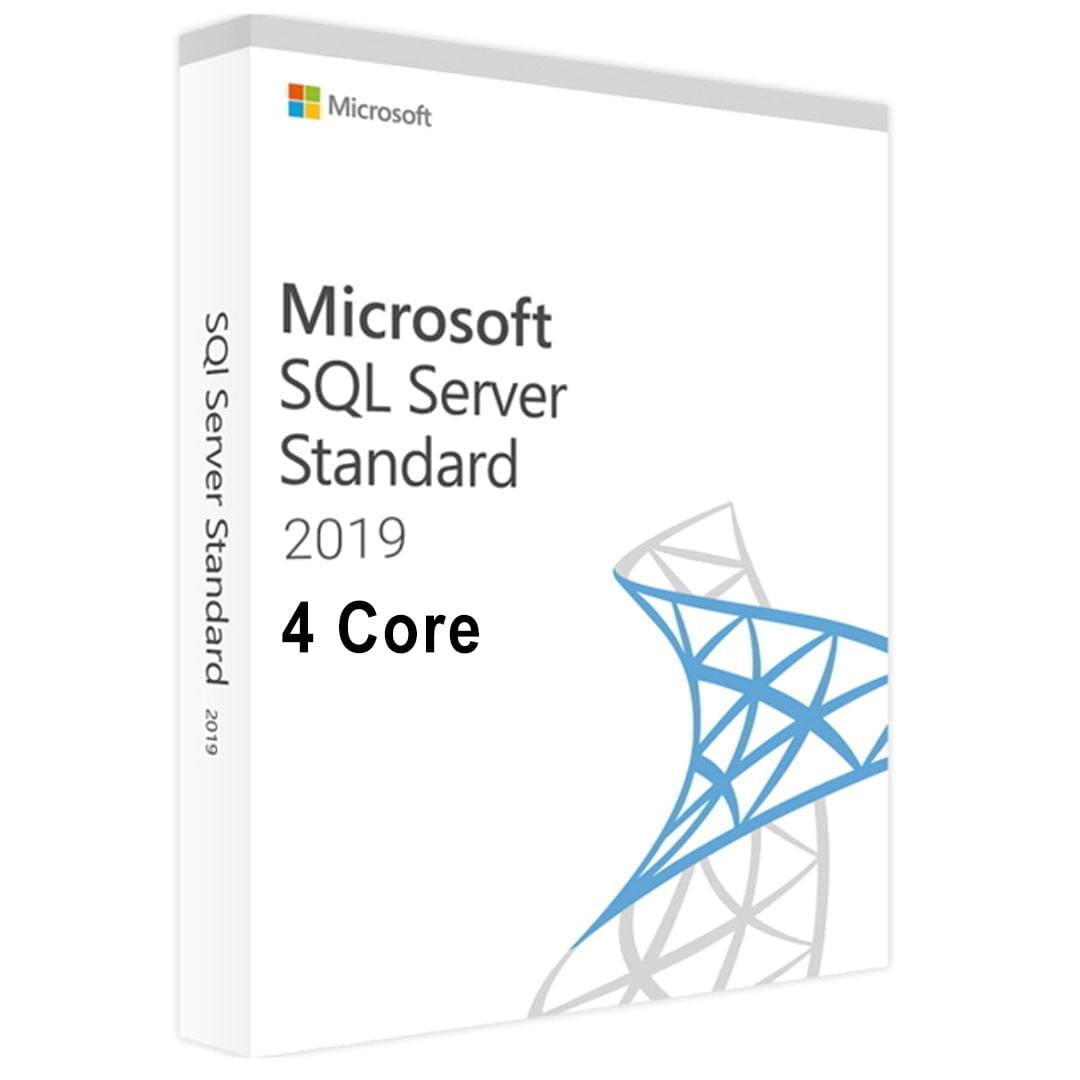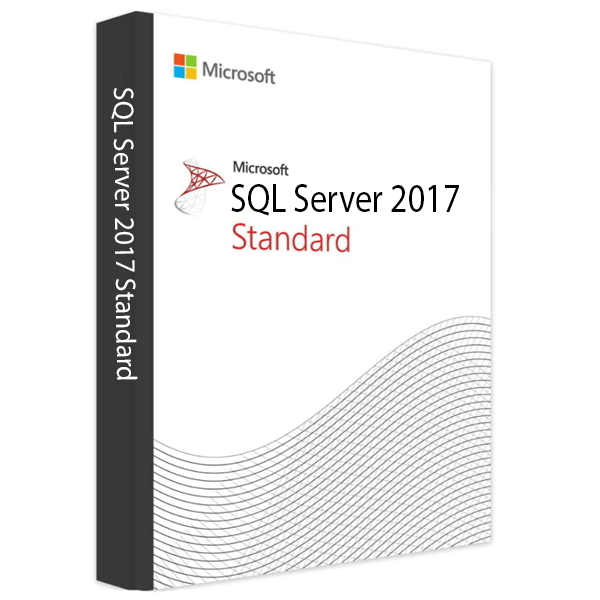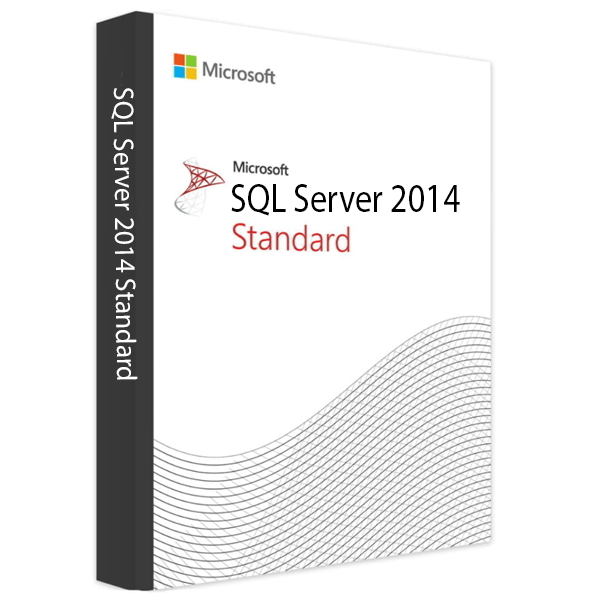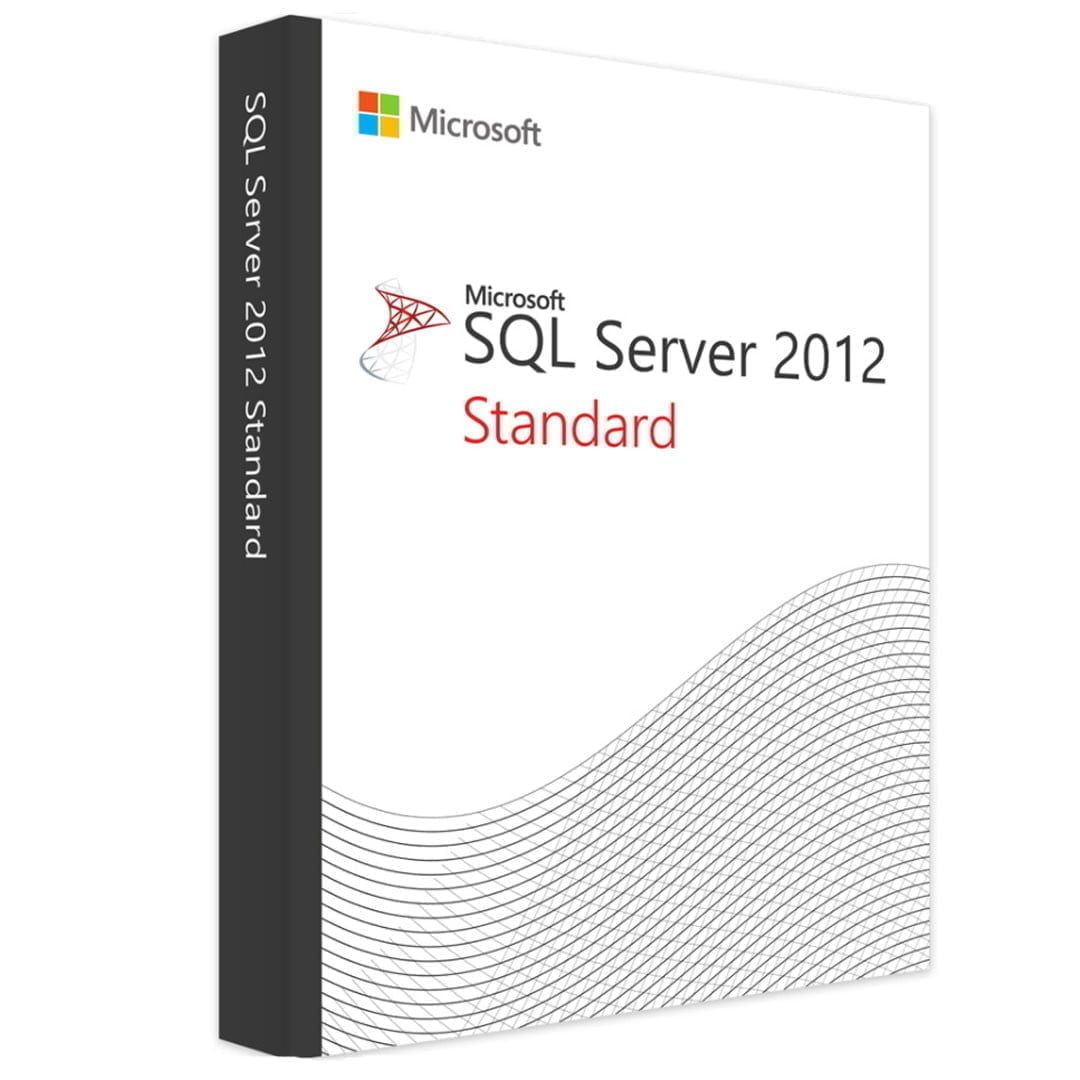SQL Server Keys
SQL Server License
Buy SQL Server 2019 Standard 16 Core Product Key at Cheap Price
SQL Server License
Buy SQL Server 2019 Standard – Genuine License & Instant Delivery
SQL Server License
Buy SQL Server 2019 Standard 10 Core Product Key at Cheap Price
SQL Server License
SQL Server License
Buy SQL Server 2019 Standard 2 Core Product Key at Cheap Price
SQL Server License
Buy SQL Server 2019 Standard 4 Core Product Key at Cheap Price
SQL Server License
SQL Server License
Buy Microsoft SQL Server 2014 Standard Edition – Lifetime License
SQL Server License
Microsoft SQL Server
SQL Server, developed by Microsoft, is a powerful relational database management system (RDBMS) for storing, managing, and retrieving data. It provides a robust platform for businesses and organizations to store and organize structured data, such as financial records, customer information, inventory data, etc. SQL Server uses the Structured Query Language (SQL) to interact with databases, allowing users to perform operations like inserting, updating, deleting, and querying data.
Features of SQL Server:
- Data Management: Efficiently store and manage data.
- Security Mechanisms: Ensure data integrity and security.
- Backup and Recovery: Safeguard data with backup and recovery options.
- Scalability: Handle large datasets and complex queries.
- Business Intelligence: Utilize data for business intelligence, reporting, and analysis.
SQL Server Editions:
- Standard Edition: Essential features for database management.
- Enterprise Edition: Advanced capabilities for analytics and data mining.
- Developer Edition: All Enterprise features for development and testing.
- Express Edition: Free version for small applications.
- Web Edition: Optimized for web hosting environments.
- Business Intelligence Edition: Focuses on analytics and reporting.
SQL Server licensing
Depending on your edition and deployment options, SQL Server licensing can be quite diverse. For instance, there are editions like SQL Server Standard, SQL Server Enterprise, and SQL Server Express, each with its licensing model. Standard and Enterprise editions typically require per-core licensing for physical or virtual servers, while the Express edition is free and has limitations on database size and hardware utilization.
If you want to purchase SQL Server product keys for any of these editions at a competitive price, you can find them at fastestkey.com. They offer affordable solutions for obtaining genuine SQL Server product keys, ensuring you have access to the features and capabilities you need at a budget-friendly cost.
SQL Server Installation Steps:
- Download SQL Server: Choose your preferred SQL Server edition.
- Run the Installer: Follow the installation prompts.
- Configure Settings: Choose features, instance configuration, and authentication mode.
- Complete Installation: Verify installation and configuration.
SQL Server Update:
Regularly update SQL Server for security, performance, and new features. Follow these steps:
- Backup Databases: Always back up data before updating.
- Check Compatibility: Ensure compatibility with the current setup.
- Download Update: Get the latest update from Microsoft.
- Install Update: Follow on-screen instructions for installation.
- Post-Update Checks: Test databases and monitor performance.
Looking to buy SQL Server?
Looking to buy an SQL Server license? FastestKey.com is your destination for the best deals on SQL Server product keys. Our SQL Server solutions empower businesses with robust database management and data-driven insights. Purchase SQL Server confidently, knowing you're acquiring a genuine key from a trusted source.
Get your SQL Server license key today at Fastestkey.com, where prices are the cheapest. Enjoy instant delivery and free 24/7 support. Start today and unlock the full potential of your organization's data infrastructure with SQL Server.
Frequently Asked Questions about SQL Server
What is SQL Server?
SQL Server is a powerful relational database management system (RDBMS) developed by Microsoft. It stores, manages, and retrieves data in various applications and systems.
What are all versions of SQL Server?
SQL Server has evolved through various versions since its inception. Some of the major versions of SQL Server include SQL Server 7.0, SQL Server 2000, SQL Server 2005, SQL Server 2008 (including the R2 version), SQL Server 2012, SQL Server 2014, SQL Server 2016, SQL Server 2017, SQL Server 2019, and the latest version, SQL Server 2022. Each version introduces new features, enhancements, and improvements to meet evolving database management needs and technological advancements.
How many clustered indexes are in SQL Server?
In SQL Server, a table can have only one clustered index, which determines the physical order of the data in the table.
How do you find the SQL Server hostname and port?
You can find the SQL Server hostname and port by checking the SQL Server Configuration Manager or querying the sys.servers catalog view in SQL Server Management Studio.
How do you execute a stored procedure in SQL Server?
To execute a stored procedure in SQL Server, use the EXECUTE or EXEC keyword followed by the procedure's name and any required parameters.
How to view stored procedures in SQL Server?
You can view stored procedures in SQL Server Management Studio by expanding the "Programmability" folder and then the "Stored Procedures" folder and selecting the desired stored procedure to view its code.

